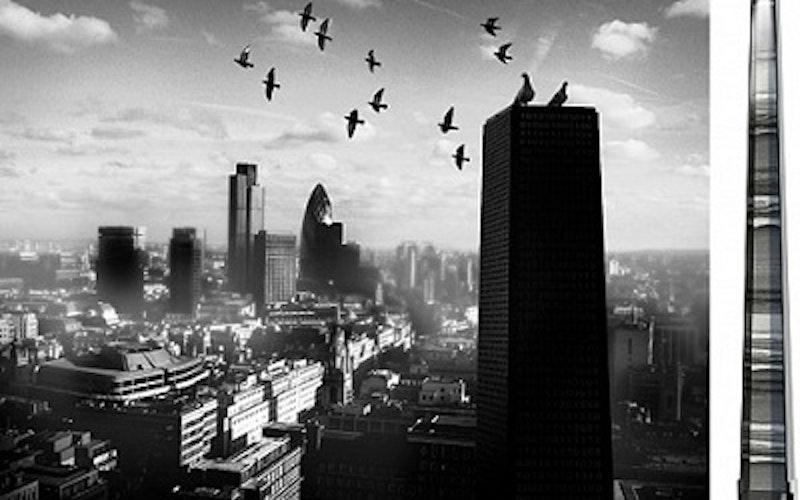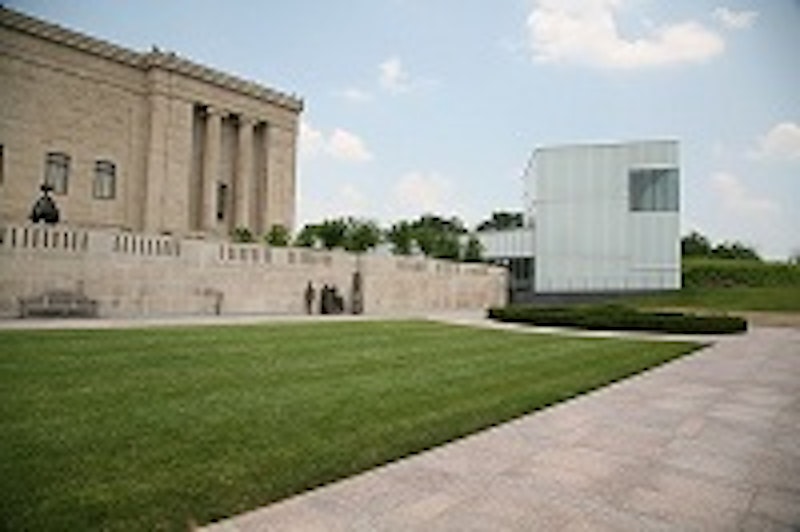
Culture At Large
Temples to atheism
It’s not hard to imagine what the average Christian will think when they learn that a Swiss-born British writer wants to construct a tower in London as a monument to atheism. For most Christians, the initial response will be shock, followed soon by outrage. Why, these militant atheists just don’t quit, do they?
But hold on a minute. The writer behind this idea, Alain de Botton, has written some of the most interesting books of the past several years on work, architecture and other topics. And despite our flinching reaction, de Botton does not intend his proposal as a poke in the eye to Christians. Rather, he intends to counteract the intense negativity generated by atheist intellectuals like Richard Dawkins (The God Delusion) and the late Christopher Hitchens (God is Not Great). De Botton’s planned “temple to atheism” really means to be a positive statement about unbelief, rather than a critique of Christianity or other religions.
After a few minutes of processing, though, I wondered why de Botton feels a need to construct a monument to atheism, when in reality we are already churning them out at a brisk pace.
For about the last 6,000 years of human history, civilizations constructed religious buildings to symbolize the centrality of their faith, whether in pagan gods or the Biblical God. The history of architecture is mostly the history of churches and temples. About 150 years ago (the age of Freud, Marx and Darwin), the church as civic monument began to lose steam. The National Cathedral in Washington, D.C., begun in 1907, is perhaps the last attempt to create a space for worship that dares to compete with Washington’s other monuments. By the middle of the 20th century, church architecture had become a withered and paltry thing, with “form following function” down a pragmatic path to sanctified hotel ballrooms.
But we didn’t stop building great buildings, did we? Remember the Sydney Opera House, opened in 1973? This building represents a turning point, when our aspirations as a culture shifted entirely from houses of worship to houses of art.

In my own city of Kansas City, Mo., we have opened two such temples in the last few years: the Bloch Building addition to the Nelson-Atkins Museum, designed by Stephen Holl, and just last fall the Kauffman Center for the Performing Arts, designed by Moshe Safdie. Both Holl and Safdie are elite, globe-trotting, world-renowned architects, and these buildings both featured stupendous budgets.
My assertion is that these buildings, which now occupy the hearts, minds and wallets of our city’s most engaged citizens, have replaced religious buildings as the physical expression of our desire for transcendence. Having, as a culture, shrugged off religion in the last century and a half, we satisfy our need to build temples by building temples to art. And art is not even a small-g god.
Thus my conclusion about de Botton’s proposed tower: while I understand his desire to make a positive statement about unbelief in our time, temples to atheism can already be found in nearly every city in the developed world. I think de Botton’s scheme is less than insulting: it’s unnecessary.
For Discussion
- What structures do you notice that have taken the place of the great cathedrals in contemporary society?
- Where do megachurches fit in this landscape?
- What is your reaction to the idea of a "temple to atheism?"
- How should Christians respond to such projects if they are built?
Topics: Culture At Large, Arts & Leisure, Art, Theology & The Church, Other Religions